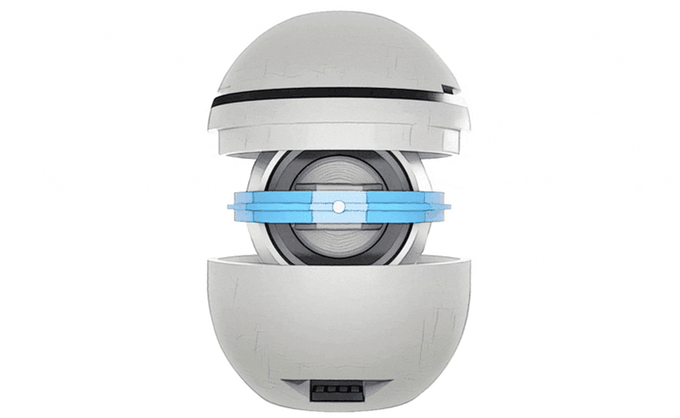There have been over 1 billion iPhones sold since the first model was introduced in 2007 with an estimated 395 sold every minute! So, it’s very clear that the iPhone is a popular choice for many people when shopping for a smartphone. Apple certainly knows how to keep the market interested and those figures are due to increase dramatically with the next new upgrade the iPhone is due to receive.
AR (augmented reality) looks to be the next feature installed in Apple’s iPhone and there are currently several specialists from all over involved in the project. Users could also have access to futuristic mapping and spatial recognition. The AR that will be installed in the new iPhone would use the device’s sensors to get real-time views of the user’s surroundings while labeling it with digital information. To go along with the integrated technology Apple is also looking to release AR glasses in 2018.
Earlier this year, Apple CEO, Tim Cook disclosed some information as to the work that was being done with AI and AR. He was keen to mention the successes of Pokemon GO and that this is just the beginning for Apple in terms of AR. Using AR in the iPhone camera could bring a whole new way to view the streets before you, loaded with facts and figures or even intelligent animations. On top of AR mapping, Apple may also bring facial recognition to the table, but this is still unclear. Apple has also said that it would allow other companies to use its AR technology, opening the door for a whole variety of AR apps to be created.



In 2013 Apple acquired PrimeSense – the company that developed the motion-capture system used in the first Microsoft Kinect, so they have plenty of knowledge staff on board ready to tackle any new issues that arise with implementing AR mapping into the iPhone. And, having already applied for and received a patent for the augmented mapping system it shouldn’t be too long before we see it appear.
According to the patent, the system will use an accelerometer, GPS, and a digital compass to pinpoint the user’s location and camera direction. The patent says, “By interpreting the data describing the surrounding areas, the device can determine what objects are presently being viewed on the display.” Although the AR mapping facility is not quite ready to released, the new iPhone 7 does feature what could be the means to support AR with its Wide Color display and two-camera system.
More News To Read









